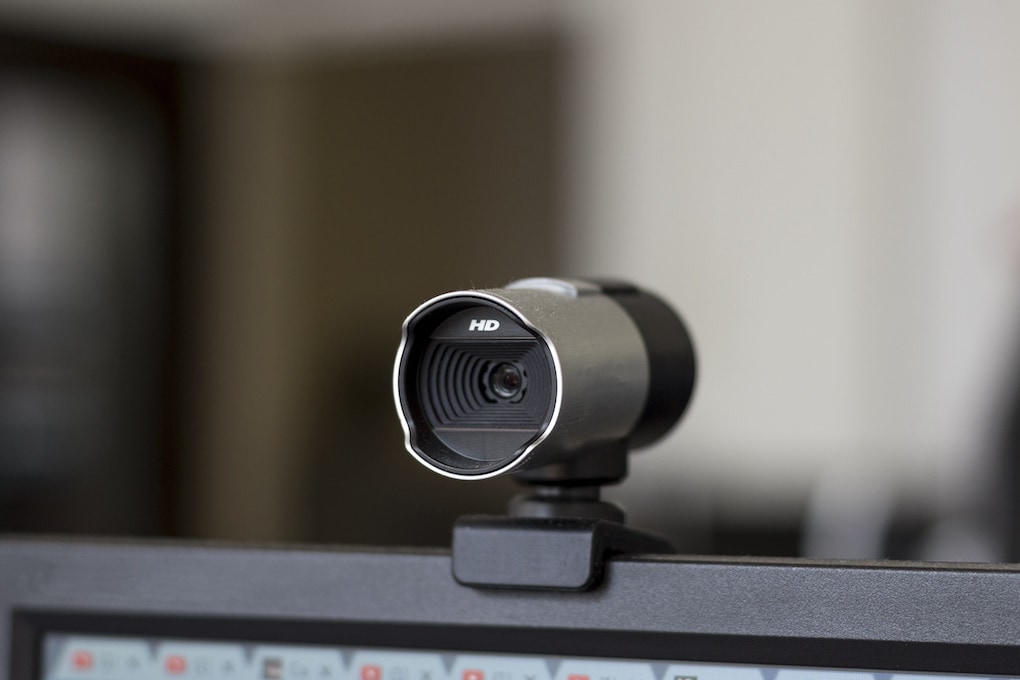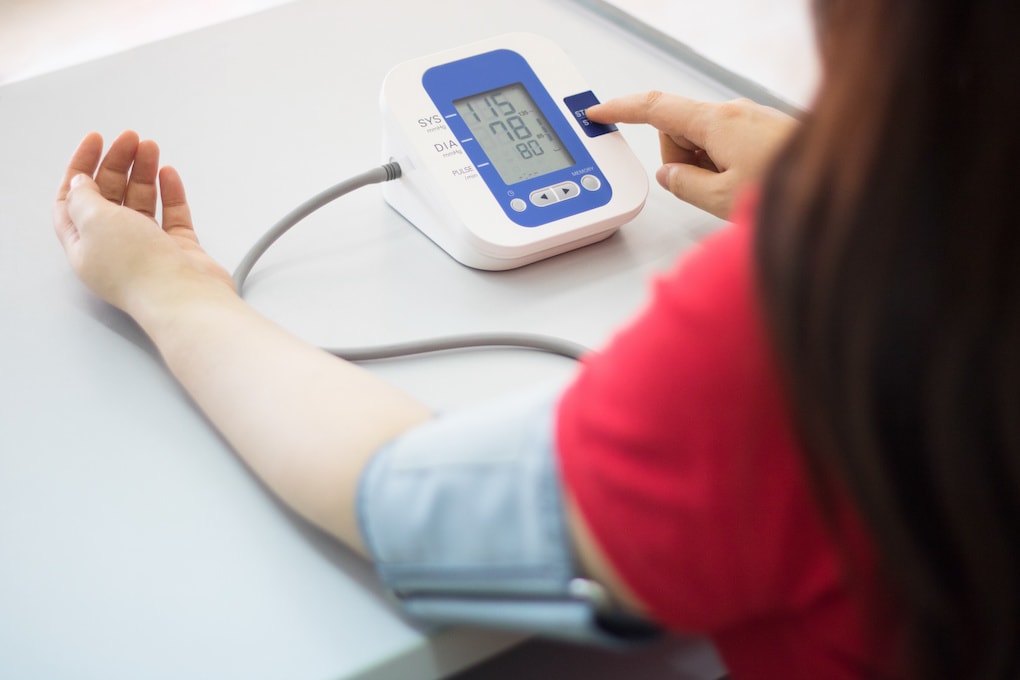In the last few years, the use of telemedicine has been on the rise. As new technologies make it easier than ever to connect via the internet, patients and healthcare providers across the globe are choosing to embrace telemedicine as their normal form of care.
In 2020, the pandemic caused a drastic increase in the use of telemedicine equipment out of necessity. But statistics from Medical Economics show that it’s certainly not just a fad, and we can expect the use of telemedicine to stick around, and even increase. Here’s what they report:
- 83% of patients say they will continue to embrace telemedicine in a post-pandemic world
- Over 50% of patients are willing to use telemedicine to meet with a new provider if its convenient
- 91% report telemedicine helps with prescription refills, making appointments, and overall health management with virtual check-ups with their providers.
- 93% say they would use telemedicine to better manage their prescriptions
The reason these stats keep climbing is in part due to more telemedicine tools that help connect patients to their providers. Today, we’re listing some of the best and most common and useful pieces of telemedicine equipment that providers should enlist to ensure adequate and streamlined telemedicine services.
6 Common Pieces of Telemedicine Equipment
High-speed internet
The number one thing needed to ensure streamlined, uninterrupted care via telemedicine is high-speed internet that can support the constant stream of sharing data back and forth. Clinics and patients should speak with their internet provider about the bandwidth needed to ensure successful interactions.
High-def webcams
Most laptops and portable smart devices have built-in cameras for easy video calls s, but desktops can allow you to have higher definition webcams. For many doctors, it can be worthwhile to get a top-of-the-line webcam so there are no issues with pictures or connections. Here’s a list of the best webcams for telemedicine.

Tablets
Tablets allow doctors to access medical records and secure patient information on-the-go. Some brands that offer secure tablets for medical use include Advantech, Cybernet, Teguar, and Estonetech.
Visual aids
Visual aids can enhance virtual telemedicine by allowing patients to better understand their conditions, care plan, and other factors. It can be the best way to help explain pain scales, procedures, care plans, and more via video chat. Some examples of visual aids include a pain scale of 1 to 10, anatomy of the area receiving surgery, or even a photo chart of symptoms like skin rashes or something they can compare their symptoms to.
Remote vital monitoring
At your provider’s office, they will often measure your blood pressure, note your weight and height, and take any other necessary vitals. Now, many of the same devices your doctors use can be used at your home. Vital monitoring devices like at-home blood pressure devices and pulse oximeters can read that information and send it directly to physicians. These devices are especially useful for people managing chronic conditions. Useful remote monitoring devices include:
- Blood pressure devices
- Bluetooth enabled scales
- Digital thermometers
- Blood glucose meters
- Pulse oximeters
- EKG monitors

Electronic pill dispensers
Telemedicine also includes prescription management, which can be done with the help of electronic automatic pill dispensers. Certain e-Pill dispensers include video chat that enables patients to discuss their prescriptions with their doctor or pharmacist. Care teams can track usage and prevent missed doses or overdoses via these devices.

Our Ōmcare Home Health Hub® allows easy access to speak with doctors, pharmacists, and caregivers. This streamlined approach improves medication adherence and allows people managing chronic conditions to have the best possible care from home.
If you or a loved one are looking to embrace telemedicine for medication management, consider reaching out to Ōmcare for more information. We are dedicated to providing the best, most accessible device for people looking to improve their medication management.

